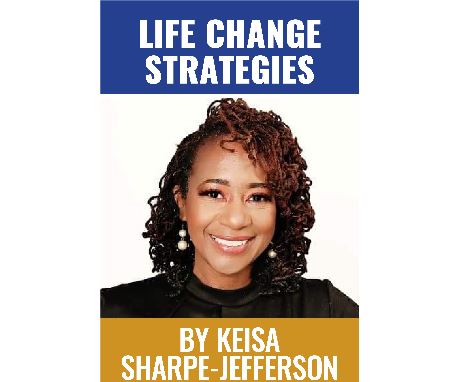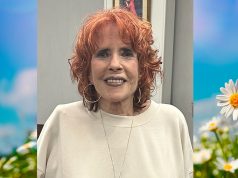By Keisa Sharpe-Jefferson
As Domestic Violence Awareness Month (October) comes to an end we need to be mindful of ways to protect our youngest domestic abuse victims. They often won’t tell you what’s going on, so it requires us all to be more observant and proactive.
As I think about it, young domestic abuse victims may have been put in harm’s way to a greater degree after COVID required at-home learning protocols.
Extreme safety measures were observed in one arena (COVID, at-home learning), that tilted the scales in favor of possible danger lurking in another arena … and of all places, at home.
Returning to school at least meant some return to normalcy and a layer of protection missing from the previous year for some school children. Fellow students and playmates can provide a much-needed mental break. Teachers and administrators can provide a watchful eye.
Researchers have estimated that between 3.3 million and 10 million children are exposed to adult domestic violence each year, according to the Resource Center on Domestic Violence.
And let me cover all my bases here. Keep in mind, we aren’t saying males aren’t abused in these instances. But we do know domestic abuse victimization, according to statistics, overwhelmingly affects women.
Even knowing this, too often, these youngest victims – who either witness or experience it – fly under the radar even when we are made aware of the issue.
When paying close attention to children there are times we notice a child’s exceeding shyness or trepidation in social situations; we may sense some things are off with a particular child, especially in how they interact; we see unexplained cuts and bruises.
So when we are made aware, what should we do?
As adults, with children or not, I’d argue we have a duty to attempt to protect. I am asking you to pay particular attention and be willing to speak up for them because, in some cases, they can’t speak of for themselves. Or, they are afraid to do so thanks to threats or punishment from their abusers. And how do we do that? I have a few thoughts on some action steps we can take.
First, educate yourself on the signs of child abuse, though I’d argue most of us know when we see it among close friends and family.
Second, think through a plan of action. What if you see or hear something extreme? What if you are forced to choose whether to move forward with a police report? What will you tell authorities?
And third, contact law enforcement and child abuse authorities ahead of time to educate yourself and find out the proper protocol. It’s a difficult situation for any of us to deal with.
But these are simple steps to follow now. Prayerfully, you won’t ever have to enact them, but if you do, at least you’ll be prepared.
Keisa Sharpe-Jefferson is a life coach, author and speaker. Her column appears on the first and third Thursdays of each month online and in The Birmingham Times. You can contact Keisa at keisa@keisasharpe.com and visit http://www.allsheanaturals.com for natural hair and body products.




